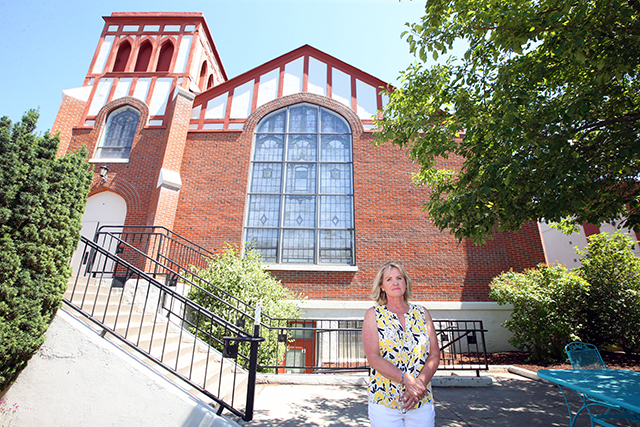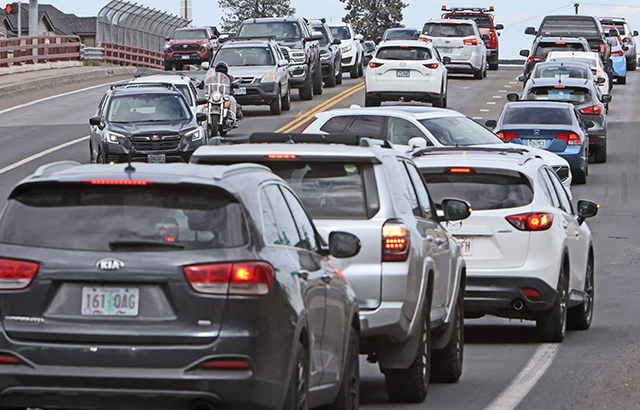Editorial: How would you use discipline in the Bend-La Pine Schools?
Published 5:00 am Saturday, October 26, 2024

- Monica Hanson, Mountain View High School assistant principal, speaks at Tuesday's meeting of the Bend-La Pine Schools.
Imagine a sophomore at a Bend high school is suspected of submitting an essay written by AI software. The student, when confronted, admits they used AI software for parts of the paper and wrote other parts.
You are an administrator at the high school. A teacher comes to you about this. The teacher is inclined to follow the practice from her previous school district and assign the student a zero for the work but offer to give the student a maximum of a “C” if they are willing to redo the essay without AI.
Trending
What do you say?
That is one of three scenarios school board members and district staff went through at Tuesday night’s school board meeting. The meeting highlighted the district’s new code of conduct. The scenarios showed it might be used.
The team of school board members and staff given that essay scenario responded by treating it as a learning opportunity, assuming it was a first offense. They would have a conversation with the student, giving them an opportunity to redo the paper in a classroom where they could be observed. The student would not be given an automatic zero.
Is that what you would do?
The scenario then shifted to a week later. The student is observed passing around a petition and gathering signatures. The petition would allow students to use AI to write essays. Some students tell you the petition circulator is asking other students to join in a strike of classwork unless the change is made.
Now what would you do?
Trending
Monica Hanson, assistant principal at Mountain View High School, said similar things have happened. What is important, she said, is talking to students involved and explaining why the district has the policies it does.
“Oftentimes there are gaps in information and knowledge: Let me tell you why we consider this plagiarism,” she said. “We want to empower your own voice with your own voice, not a robot’s.”
If the students still want to go ahead with the strike, Hanson said she would want to talk to them about what that would mean.
If you were the administrator, would you approach the possible strike differently? Maybe with less tolerance, trying to quash it with serious consequences? Or would you try to use it as a teachable moment?
The Bend-La Pine district has its new code of conduct for many reasons. Now the code exists in one place. It is available to anyone – district staff, parents, students and the public. It’s online here: tinyurl.com/BLPcode.
Eric Powell, director of students services, explained the district had a consistency issue in the past. Similar incidents could be treated differently at different schools. Doing the new code was a way to create more consistency.
Not every incident would be transformed into a teachable moment or learning opportunity. There are boundaries. The code has assertive interventions, including suspensions and expulsions. Assault or fighting are examples requiring a serious investigation and response. Drug use or possession is another, along with an ongoing pattern of disruptive behavior. Teasing might not get a student in too much trouble, initially. Bullying would. Bullying is defined by the district in the new code as “ongoing interactions with real or perceived power differential causing harm and/or intimidation.”
School discipline policies are loaded with duties, objectives, expressions of values. They must protect the learning environment, protect students and staff and also find a way to be right for the people at the heart of any individual issue. That means this new code of conduct will not be perfect. No matter what the code says, its effectiveness also depends much on the virtuosity with which discipline is applied and the reaction to it.
We shouldn’t expect schools to be able to handle all discipline and behavior problems. Parents must be involved. The community must be involved.








